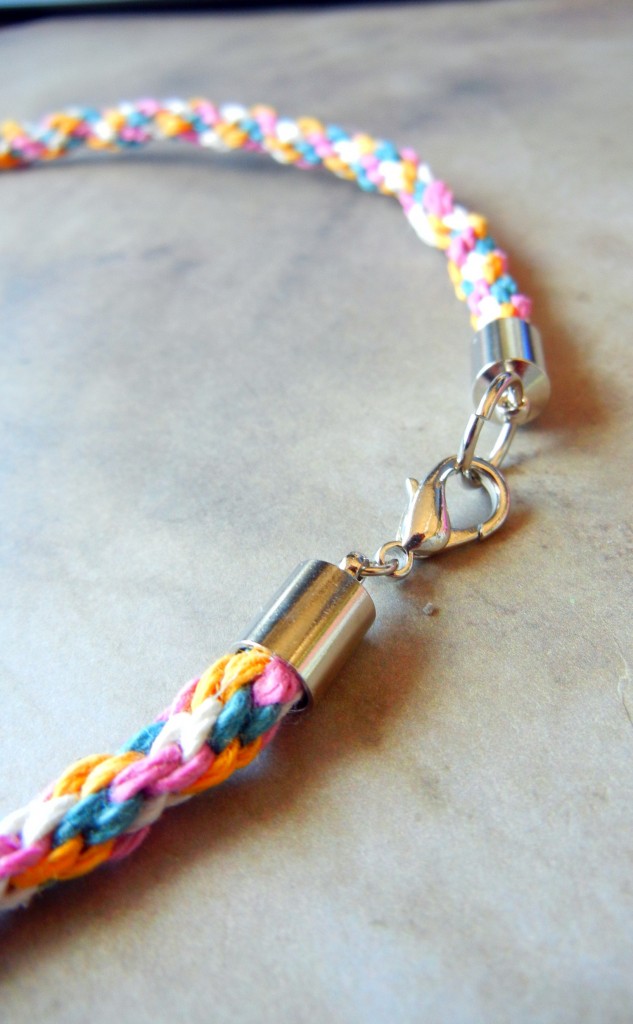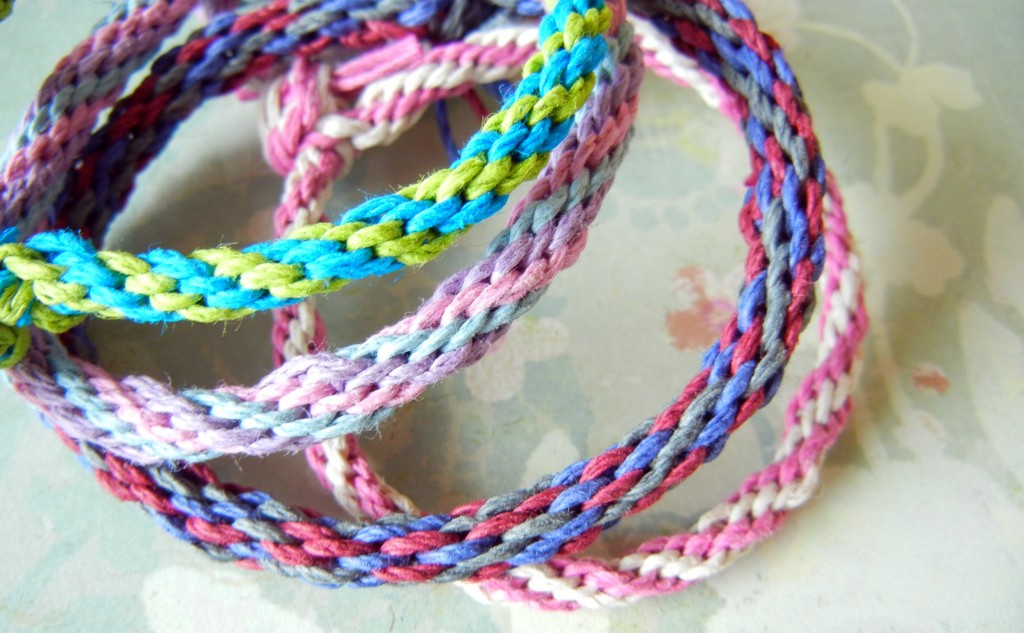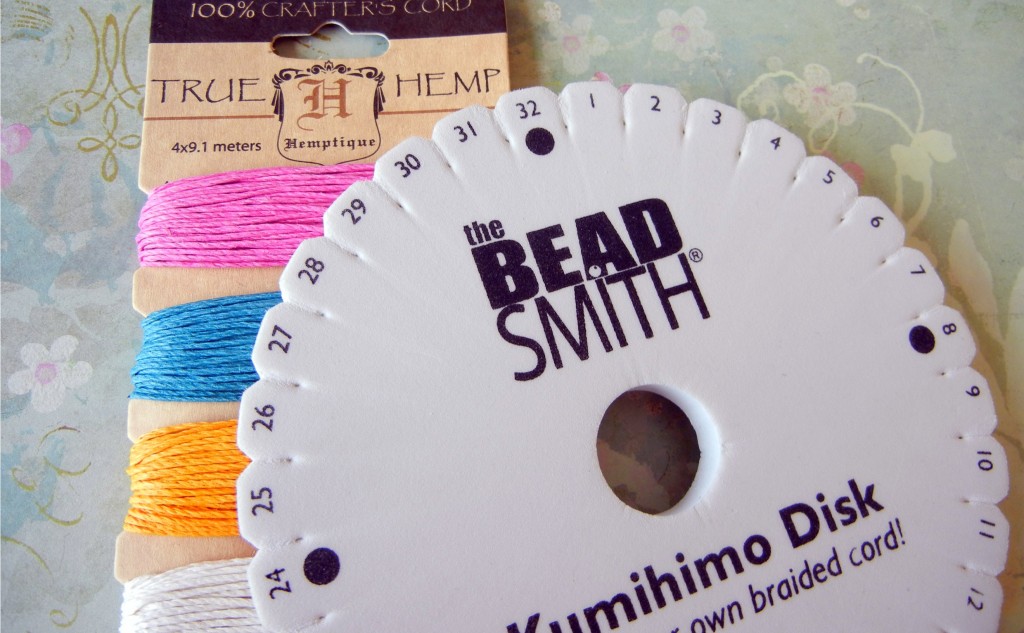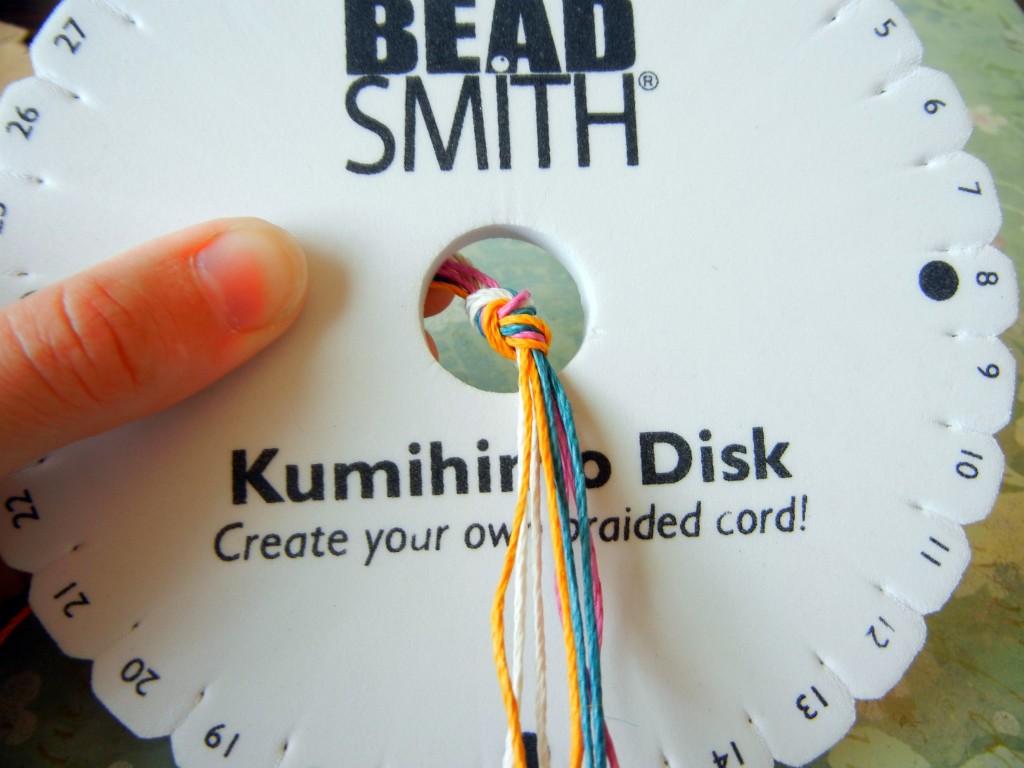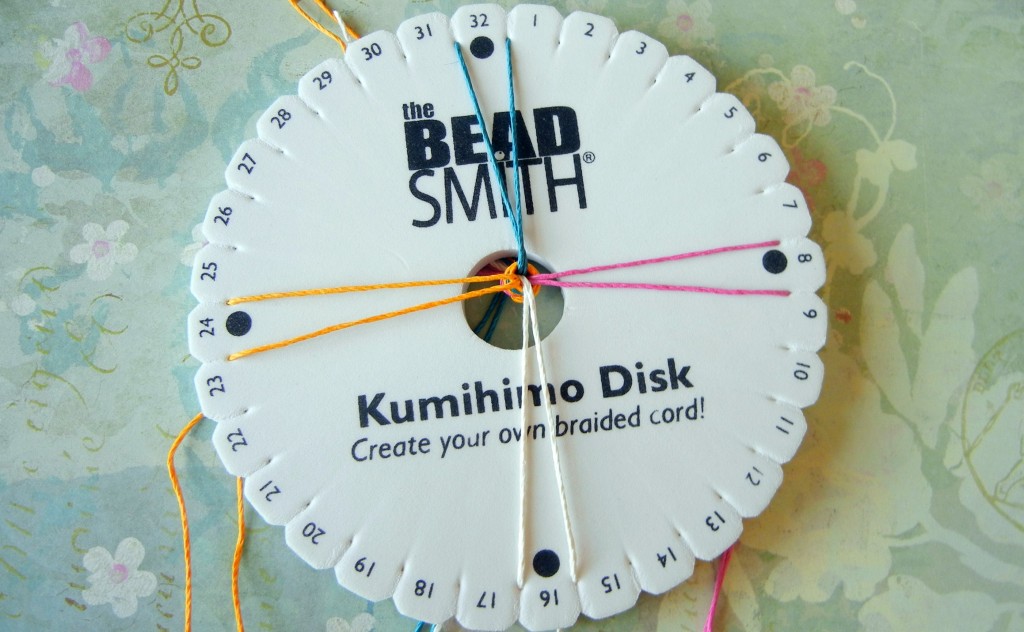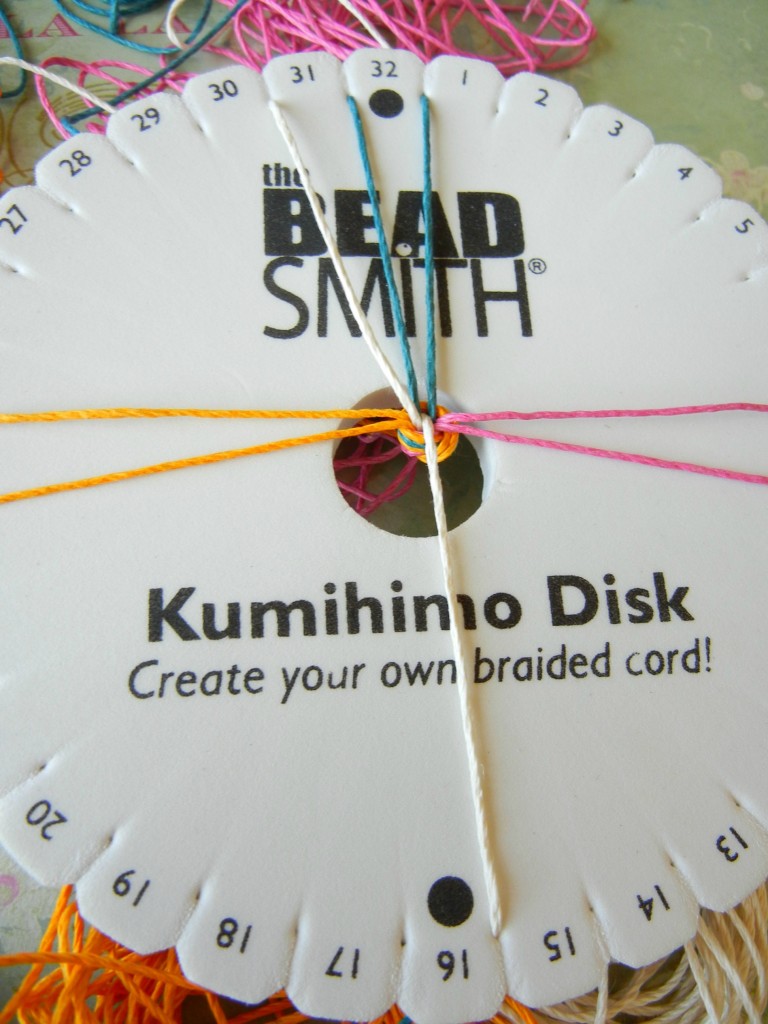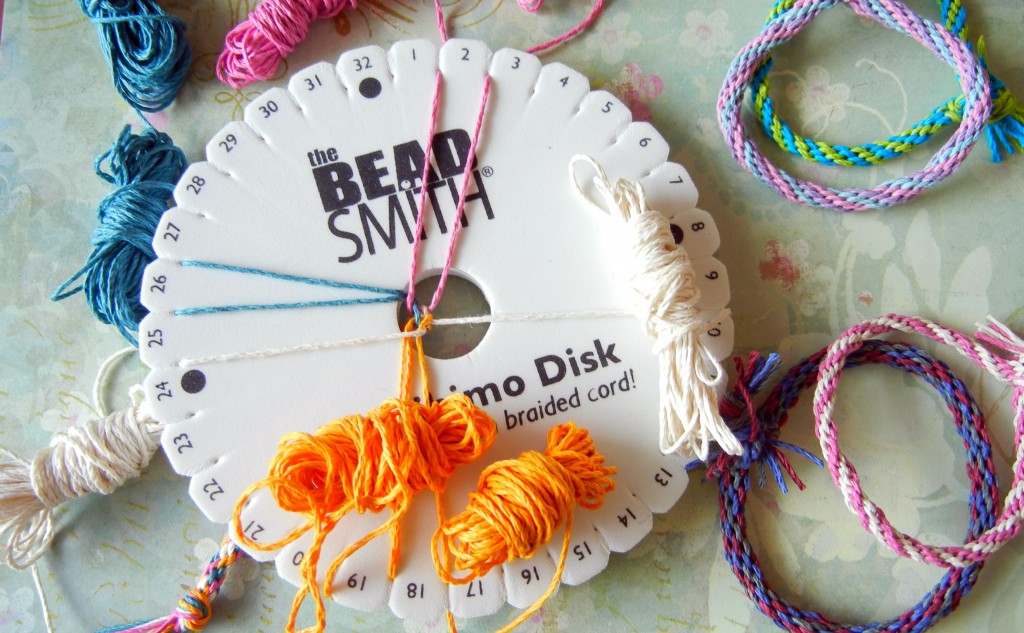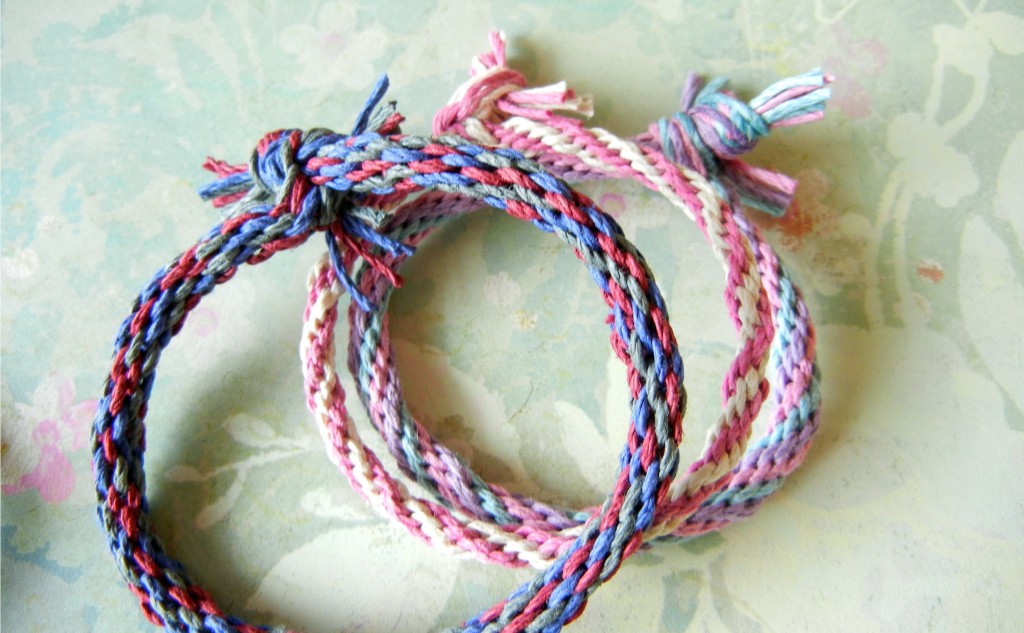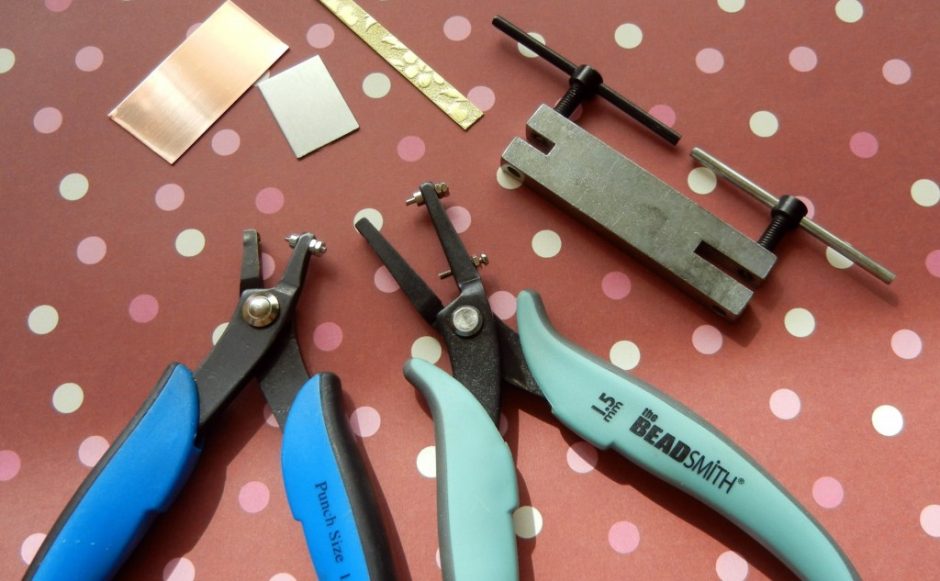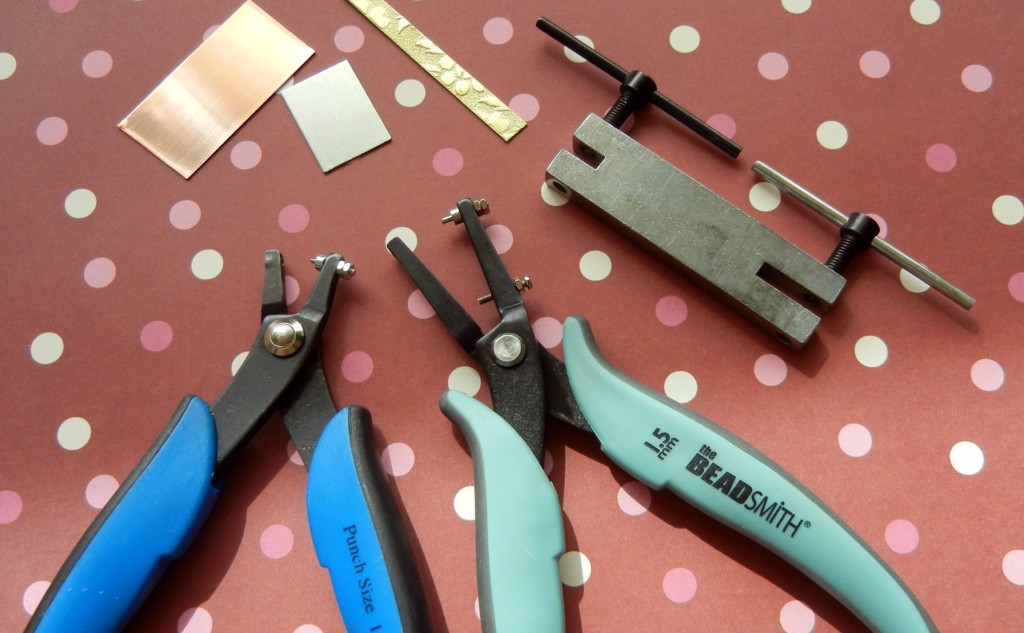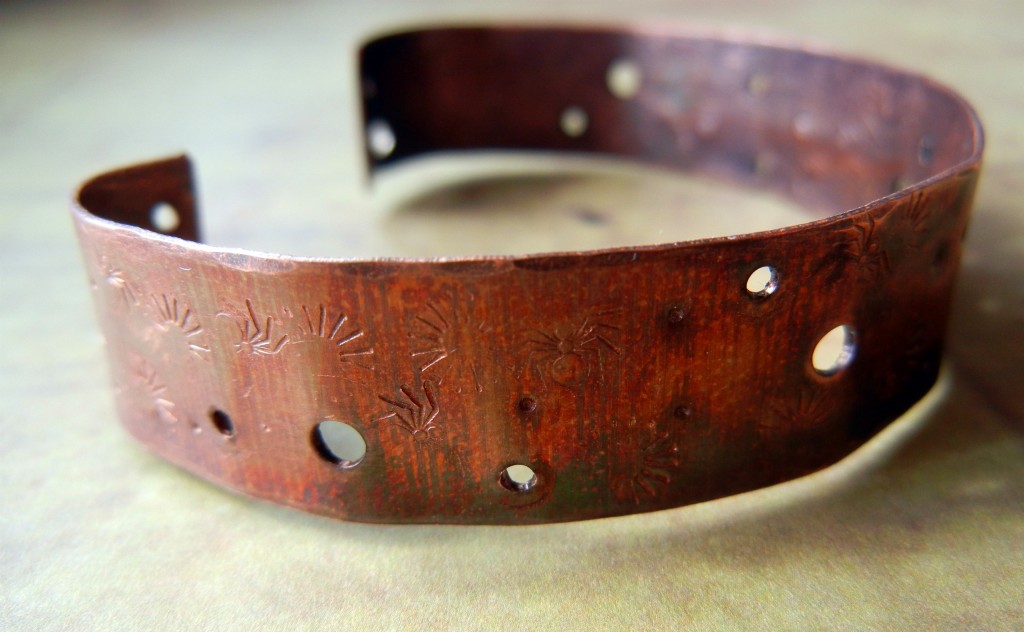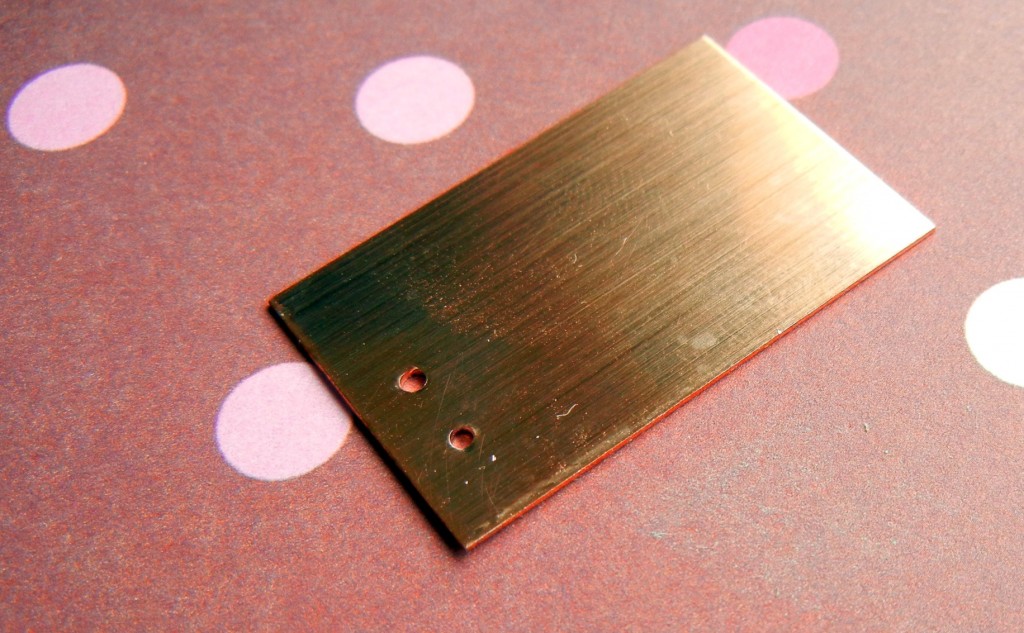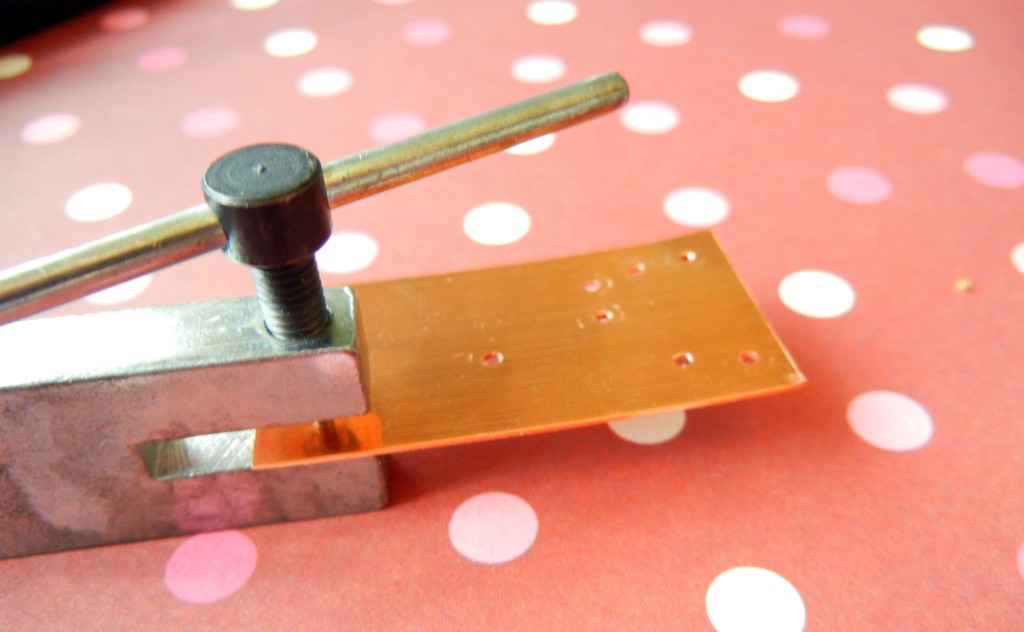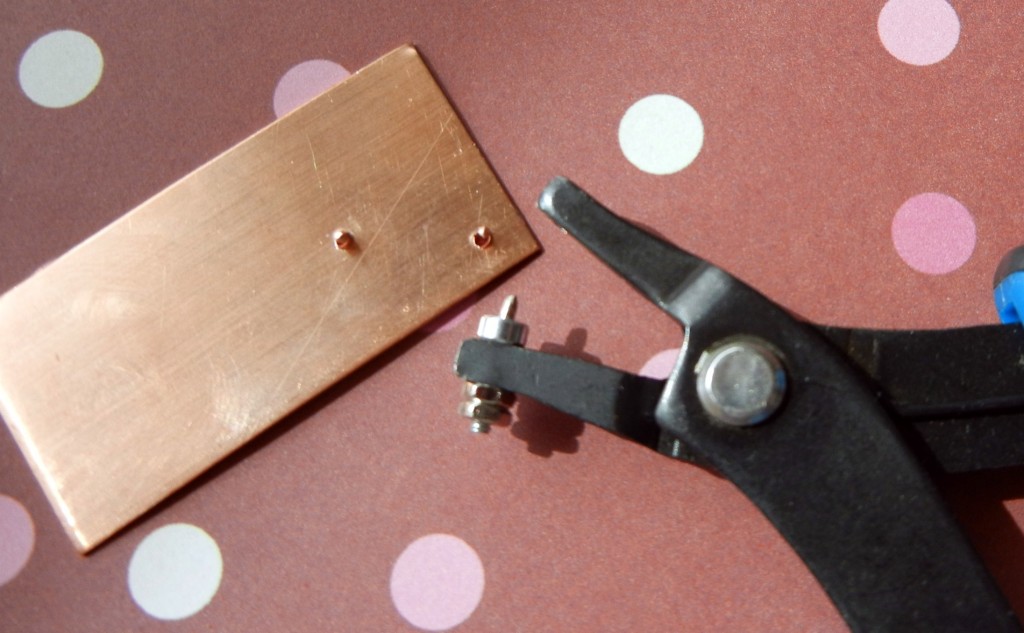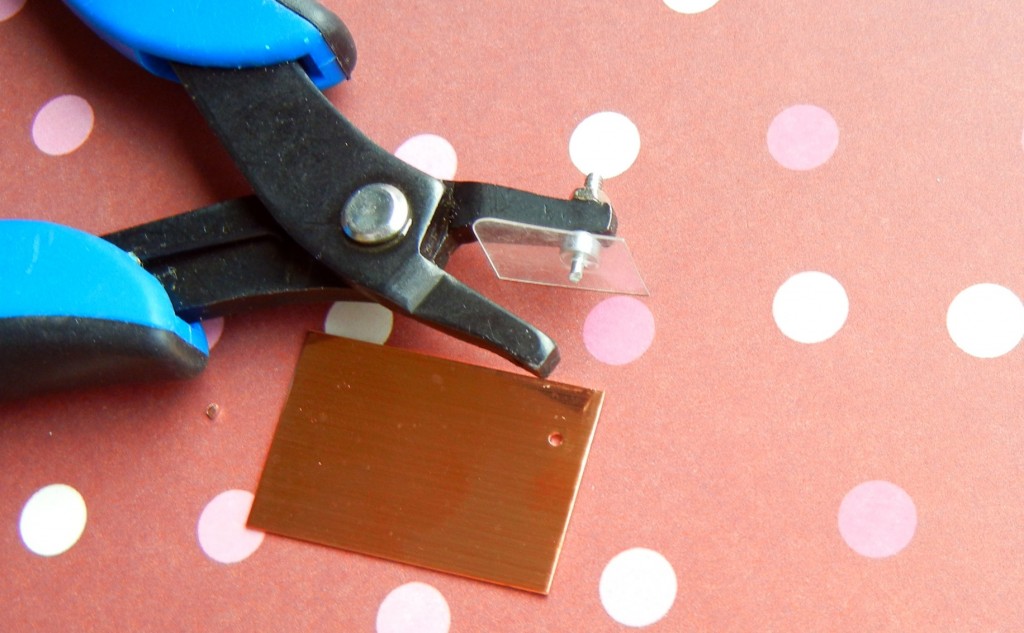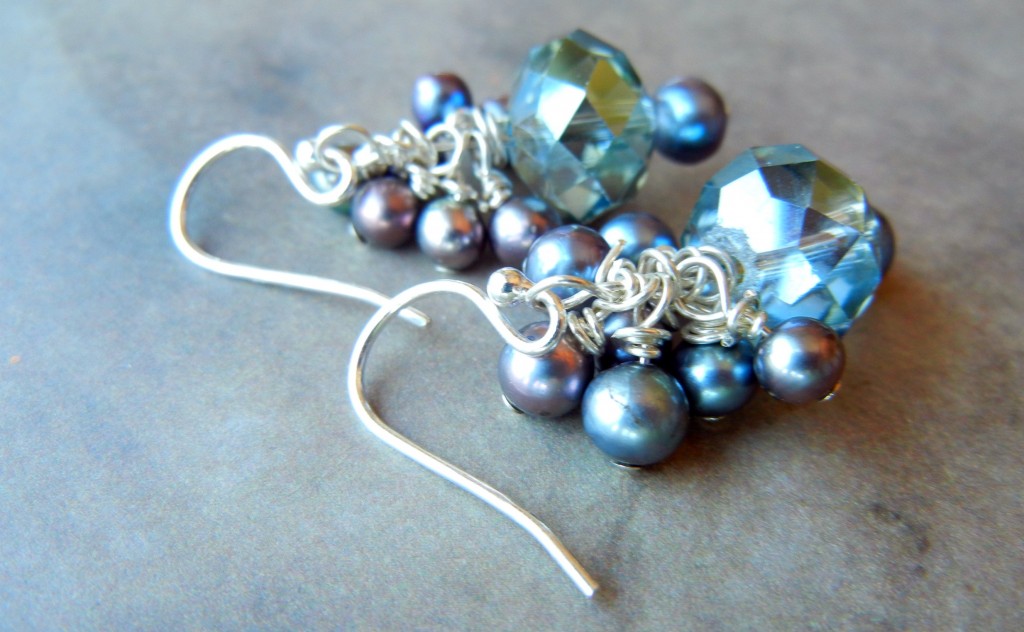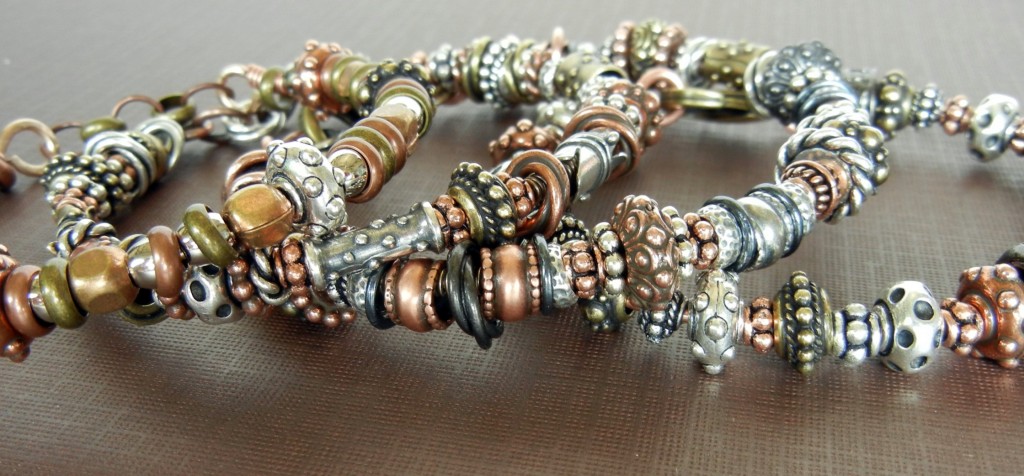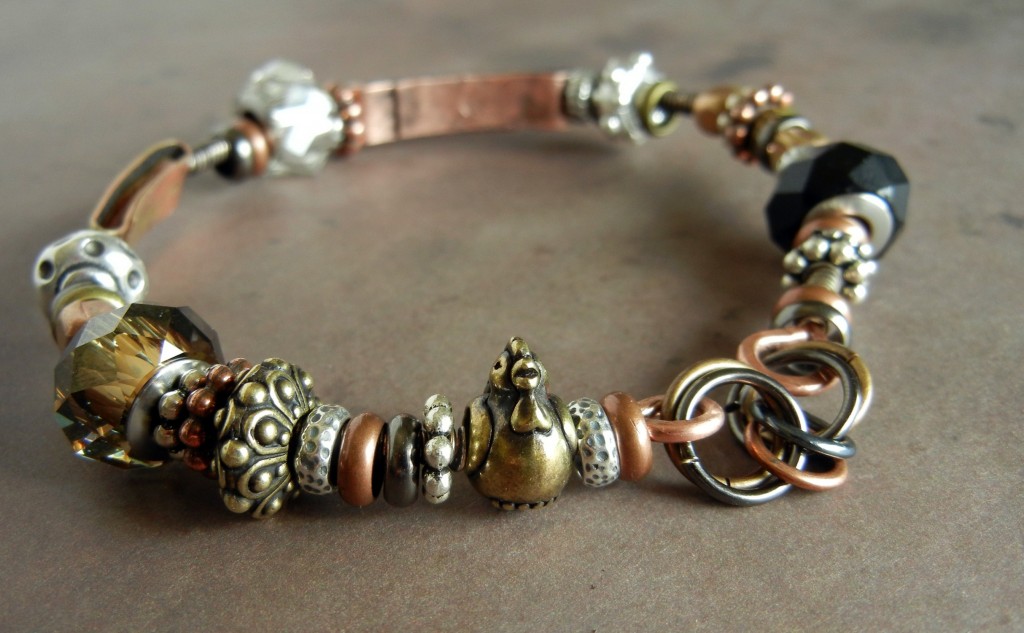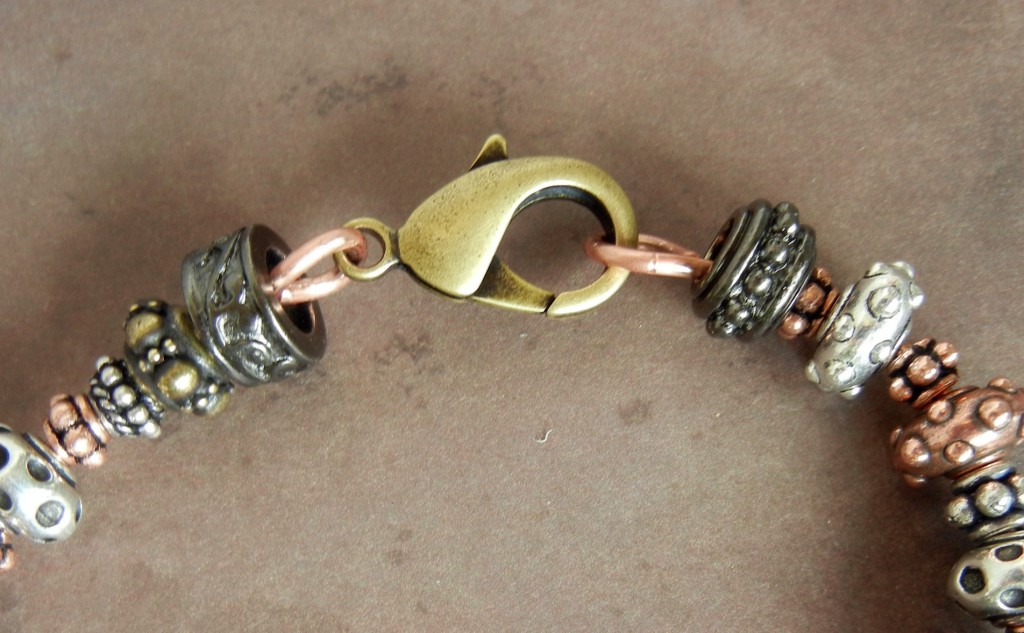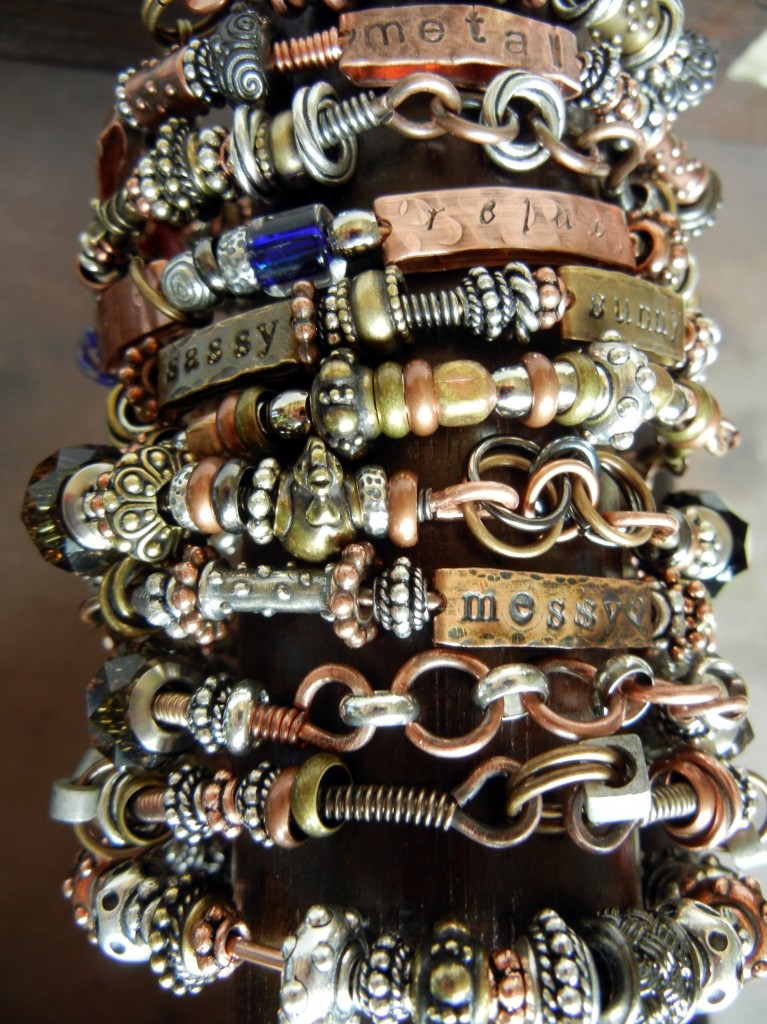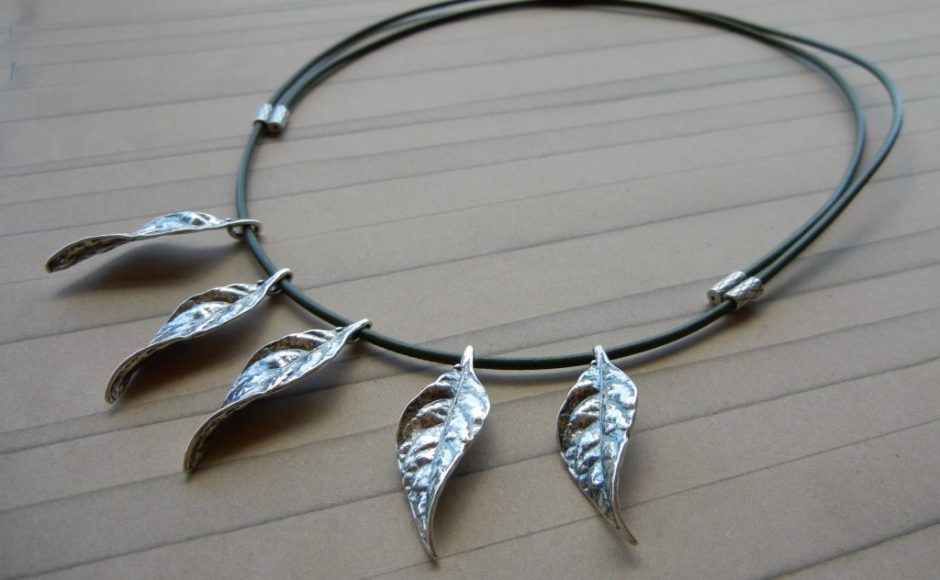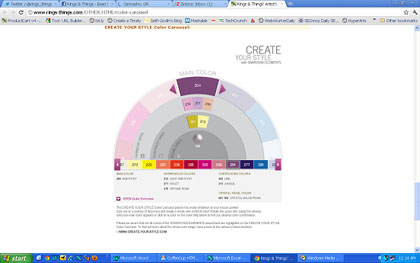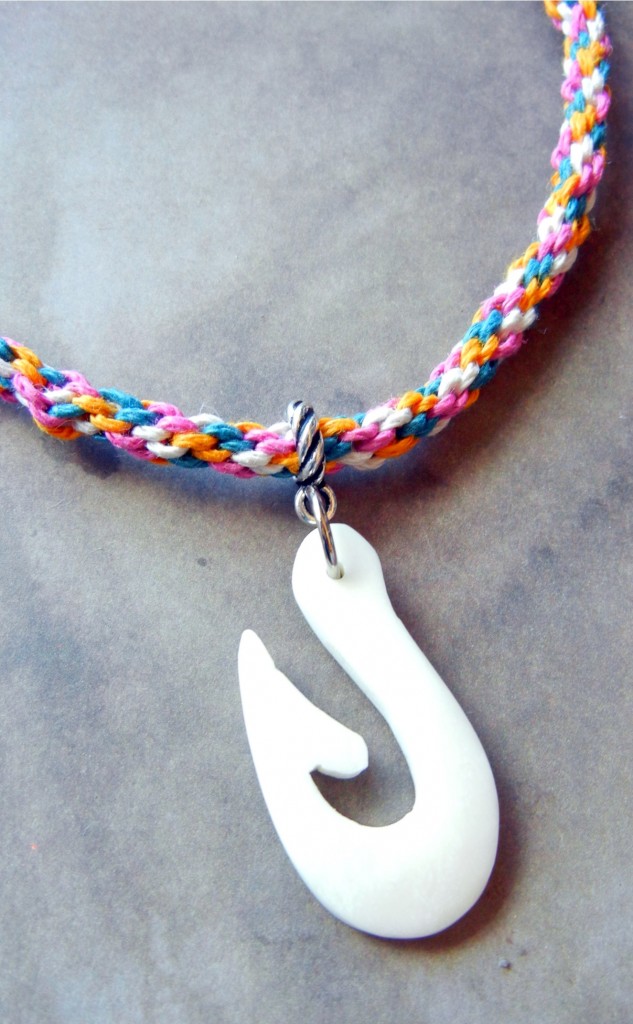
“Spring” assortment of Hemptique cord with Maori-style fishhook pendant.
Hello, bloglandia! As promised, here are the instructions for finishing a multiple-strand piece of jewelry (like the braided hemp necklace I made with the Kumihimo disk last week) using glue-on bullet ends.
A bullet end is a jewelry finding that hides cord ends and makes a clean transition to a clasp. Bullet ends are also called end caps, barrel caps, and a variety of other creative names. Just make sure the caps you are using have loops on the ends and that they are wide enough to accommodate your cording. (I used these.)
- Tie an overhand knot at the end of your piece.
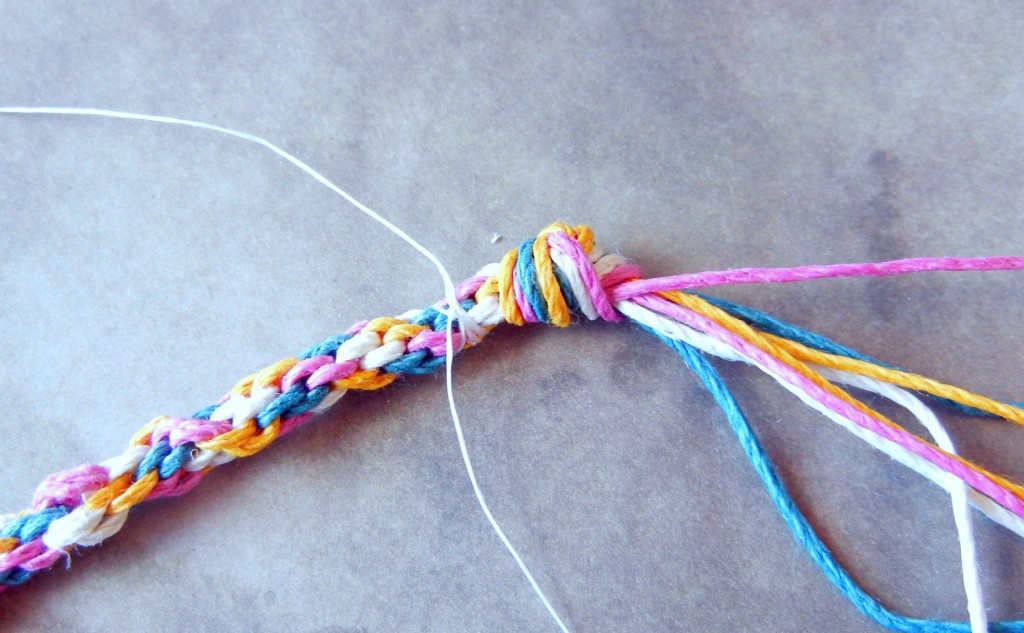 Take a piece of thread and wrap it tightly around the end several times (this is also called “whipping”). Tie a double knot to secure, and trim the thread ends.
Take a piece of thread and wrap it tightly around the end several times (this is also called “whipping”). Tie a double knot to secure, and trim the thread ends.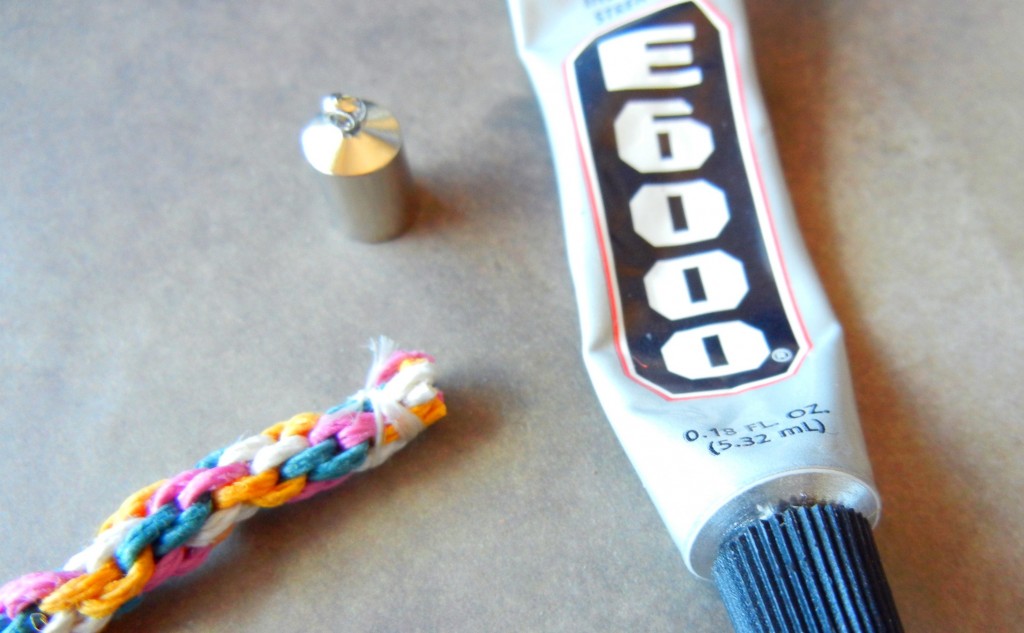 Cut the braid between the thread and the knotted end.
Cut the braid between the thread and the knotted end.- Fill the bullet end about half way with glue and insert the cord. Make sure that it goes in as far as it can, and that the thread whipping is covered by the bullet end. Clean up any oozing glue immediately.
- Use jump rings to attach a clasp.
Make sure to let the glue cure fully before wearing. (For E-6000, this means 24 hours. ) The glue will be dry long before then, but to be safe, let it cure all the way.
E-6000 is one of my favorite glues because it holds up nearly as well as a 2-part epoxy, but you don’t have to measure and mix. Whatever glue you use, just make sure that is is compatible with both metal and fibers. Although instant gratification is tempting, super glue (cyanoacrylate glue) is a bad choice for this project because it can’t fill the gaps between the cord and the metal very well.
That is all there is to it! This technique works equally well with leather, ribbon, rattail and other types of cord. ~ Cindy

